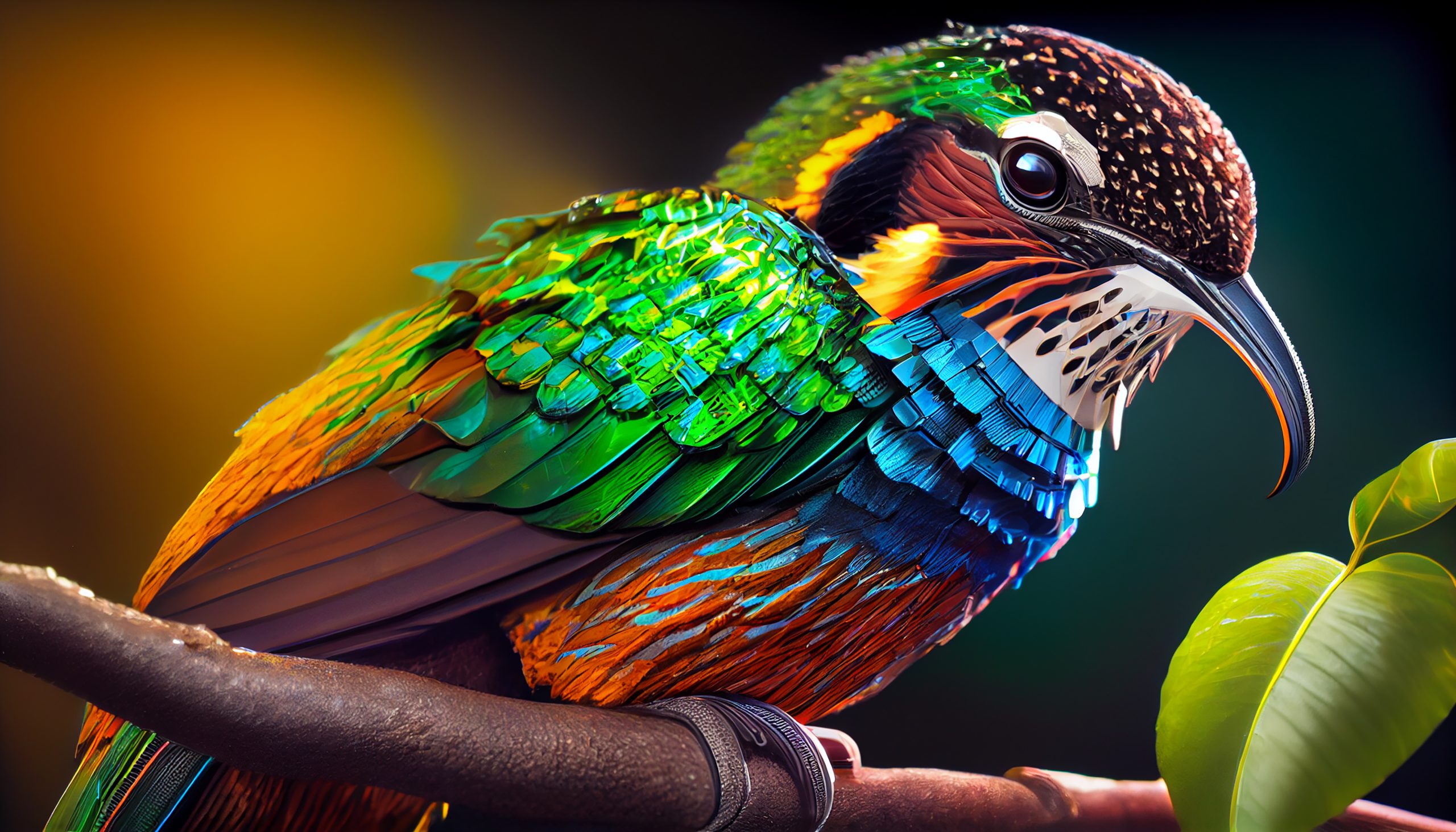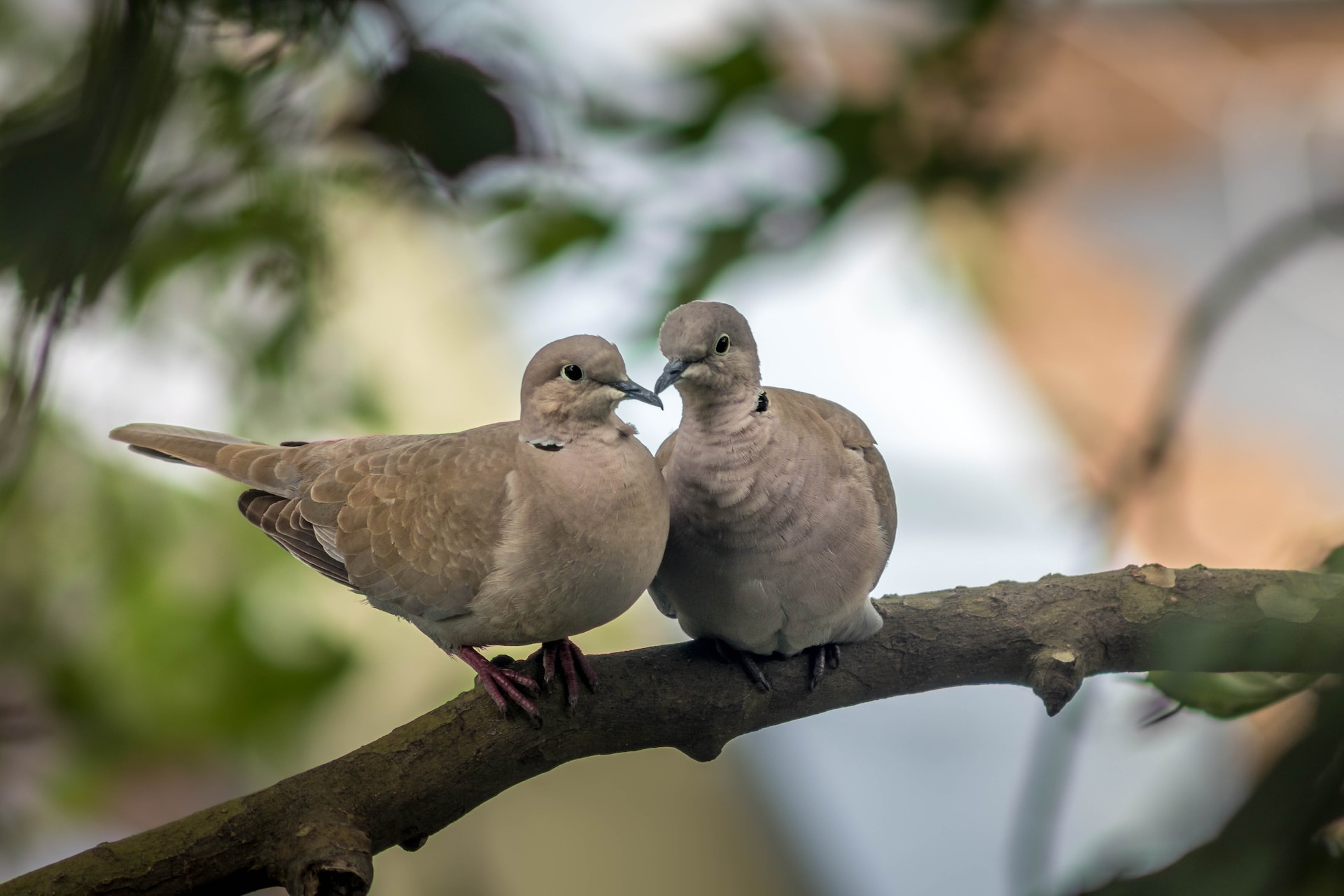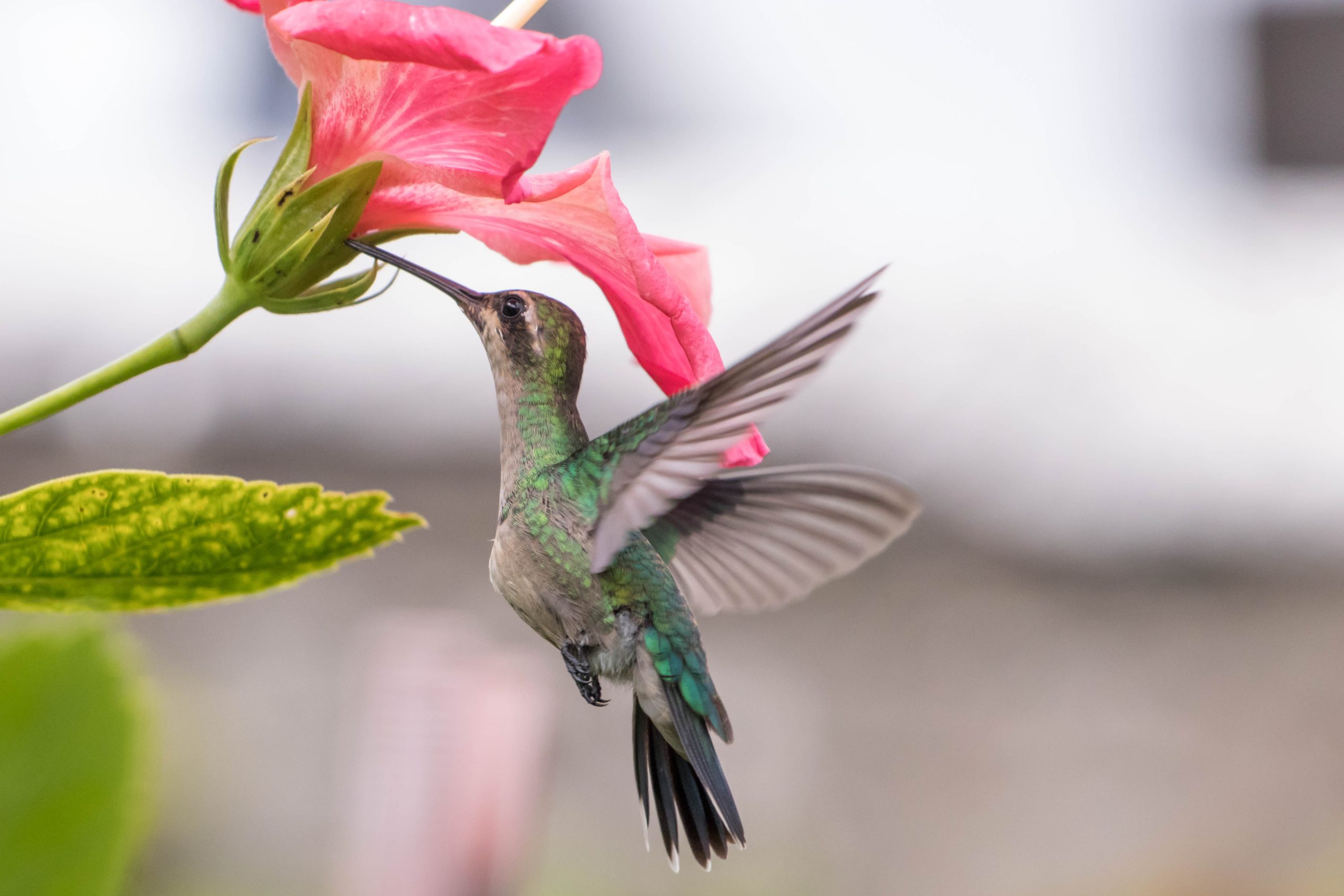With its varied ecosystems spanning prairie grasslands, pine forests, and desert climates, New Mexico provides diverse habitats capable of supporting a wide range of avian species. This includes sightings of beautiful oriole bird varieties streaking across spring and summer skies seeking flowering trees bearing nectar. Read on for an overview of species, ideal spotting locations, tips to attract orioles to backyards, and all one needs to know observing these vibrant songbirds in New Mexico.
Species of Orioles Known in New Mexico
While over 30 oriole species exist worldwide, three types have verified ranges and breeding patterns in New Mexico based on recorded observations:
Northern Oriole
The Northern or “Baltimore” Oriole (Icterus galbula) demonstrates the most widespread presence throughout New Mexico during seasons of migration and nesting.
Bullock’s Oriole
Bullock’s Orioles (Icterus bullockii) favor nesting in tall trees along river valley bottoms in addition to parks/backyards in SW New Mexico regions near Gila and Santa Fe National Forests.
Hooded Oriole
Occasionally the tropical Hooded Oriole (Icterus cucullatus) makes its way into extreme southern New Mexico, but remains rare and less reliably spotted than the above species.
See table summarizing details:
| Species | Breeding Season | Ideal Spotting Regions |
|---|---|---|
| Northern Oriole | April to August | Statewide / Urban Yards |
| Bullock’s Oriole | Mid-May into July | Southwestern NM Rivers/Forests |
| Hooded Oriole | Variable Sightings | Far Southern Desert NM |
Best Times and Locations Spotting Orioles in New Mexico
Orioles most actively hunt insects during warmer months in areas with ripe fruit trees, active backyard feeders, and ample water sources. Ideal seasons and hotspots include:
Spring & Summer Statewide
The height of breeding seasons from April-August will yield most success observing orioles tending nests and foraging to feed hatchlings statewide. Parks in towns near blooming trees attract the most activity.
Northern populations swell the most dramatically during this peak breeding rush. Plan trips accordingly to maximize migratory or resident oriole avian action!
Year-Round in Santa Fe Urban Areas
Multiple wildlife surveys revealed the capital city of Santa Fe itself hosts orioles nearly year-round due its blend of mature cottonwoods, flowing irrigation canals, and humming backyard feeder hubs kept perpetually full by nature enthusiasts.
Southwest River Valleys
Scenic valleys cutting through Gila and Santa Fe National Forests surrounded by pine/juniper woodlands offer prime habitat for Bullock’s Oriole spotting May through July when breeding pairs busy themselves rearing young.
Attracting Orioles to Backyards
Using these simple methods can entice wandering orioles of all species to make backyard oases pitstops during active warmer seasons:
Offer Sweet Nectar
Special nectar feeders filled with sugar-water mixtures (4 parts water : 1 part white sugar) will lure orioles craving quick carbohydrate snacks. Keep nectar fresh changing every few days to avoid unhealthy fermentation.
Provide Fruit Halves
Spearing halved oranges, grapes and apples onto branches or small spikes elevates convenient natural treats orioles eagerly seek while nesting and rearing offspring.
Install Shallow Water Sources
Birdbaths, fountains and shaded ground trays giving orioles abundant water access forboth drinking and bathing yourself will extend visiting durations as they splash and preen colorful feathers joyfully!
Follow these tips to enjoy backyard sightings of gorgeous golden, orange and black-bibbed orioles in New Mexico regions as seasons fluctuate throughout the years. Patience and yearly dedication to maintaining ideal natural habitats help conservation efforts supporting all avian species for generations.
Conclusion
New Mexico’s varied terrain spanning high deserts to mountain forests presents welcoming seasonal stopovers for three regal oriole species on migrations and nesting cycles. Offering backyard nourishment sources, monitoring cottonwoods and valley networks during optimal spring/summer months gives bird enthusiasts their best chance interacting with these musical beauties. Pay attention as sighting reports continue growing for rare Hooded interlopers straying more north of traditional tropical reaches as well. This guide hopefully inspires planning rewarding adventures pursuing orioles gracing New Mexico’s diverse landscapes!
Frequently Asked Questions
Do orioles migrate through or also winter in New Mexico?
The Northern Oriole passes through all areas of the state during migrations spanning wintering grounds further South or Central America up through breeding habitats in the central Northern U.S. and Southern Canada each year.
What plants and trees do orioles prefer building nests?
All varieties favor utilizing cottonwoods, willows and mature elms in river valleys or urban parks to weave sack-like nests hanging on outermost branches.
How long do orioles live on average?
In ideal wild habitats with stable food/water sources, orioles typically enjoy lifespans averaging 10-15 years. Backyard visitors demonstrate steady return rates suggesting comparable longevity.
Do male and female orioles exhibit different plumage?
Yes, male Northern, Bullock’s and Hooded orioles all don vivid orange, yellow and black feathering that differs noticeably from their paler yellow female mates.
What sounds do orioles use communicating?
Flutey whistles, sharp chatters and liquidy rising calls. Regional dialects exhibit distinctive intricacies deciphering messages!



